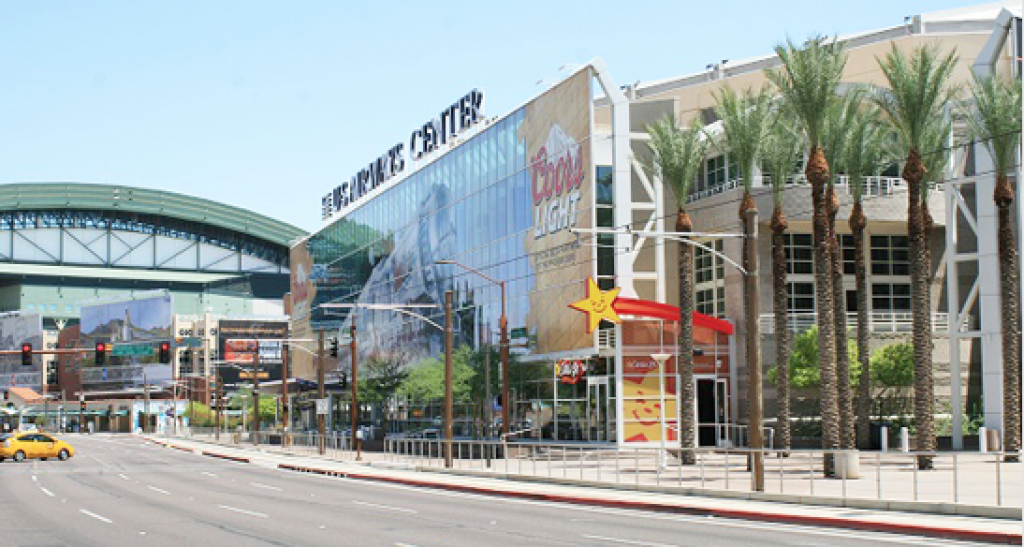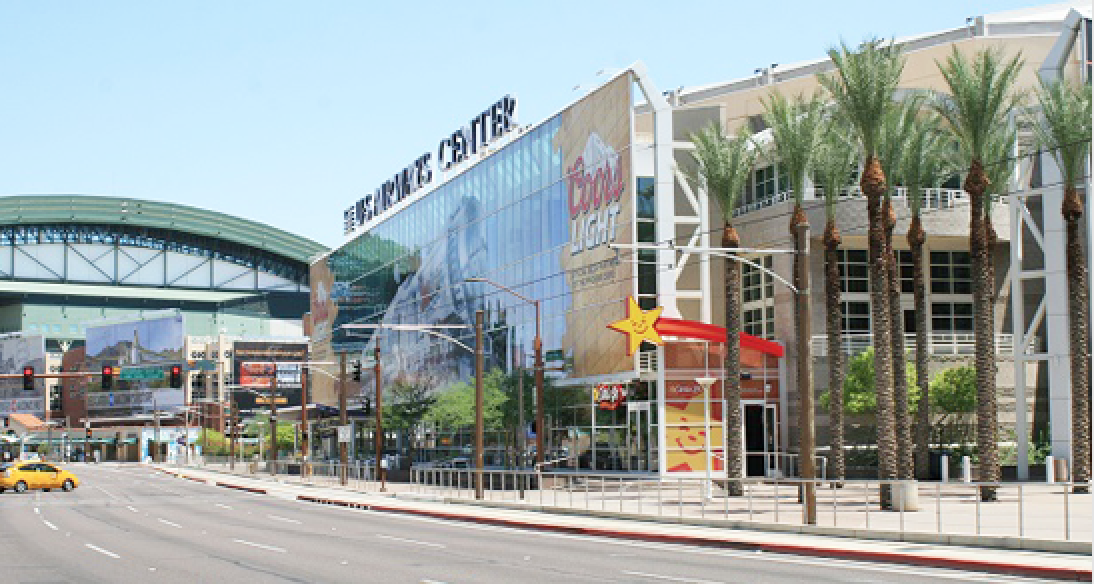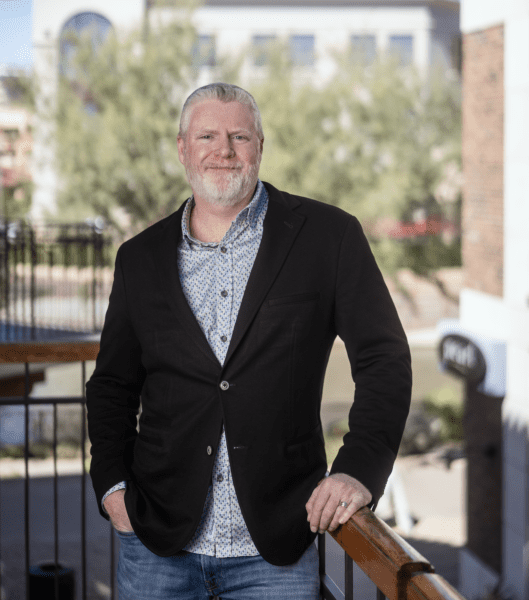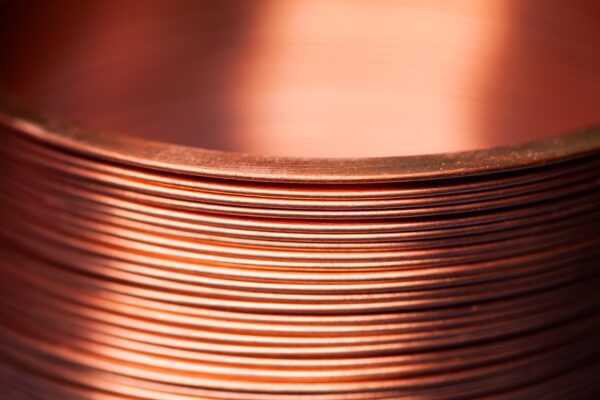
By Michael Nowels | Cronkite News
From 1996-2003, the Suns and Coyotes shared US Airways Center. If the Coyotes’ legal battle with Glendale sends them out of Gila River Arena, they could end up back where they started. (Cronkite News photo by Michael Nowels)
When the Winnipeg Jets moved to the desert and became the Phoenix Coyotes in 1996, it was a bold statement, part of the NHL’s efforts in the 1990s to place hockey in markets previously believed untenable.
Ice hockey in the desert?
To some, it seemed totally unsustainable.
“To support four major franchises is not the easiest thing in the world, and I think it’s going to be a little bit more difficult than people estimate,” then-Suns star Charles Barkley told the Canadian Broadcasting Corp. before the Coyotes arrived in Phoenix.
The Coyotes’ 19-year odyssey in the desert has indeed been difficult, especially since the team moved to Glendale in late 2003. While the franchise’s ownership group says it is committed to the Valley, criticism of the team’s long-term viability in Arizona has grown.
With the Glendale City Council having voted to void its 15-year, $225 million lease agreement with the team, the Coyotes could be left searching for a new home, pending the outcome of an ongoing legal battle.
Viability of a move
Phoenix Mayor Greg Stanton said last month that after the Glendale City Council had voted to void the contract, he reached out to the Coyotes to offer them Phoenix as a home.
A major complaint from fans who attended games at US Airways Center before the team moved to Glendale was that some sections did not have a full view of both nets because the arena was not originally built with the NHL in mind.
Considering that issue, a new arena may be a long-term requirement if the Coyotes were to return to what Stanton called the “one and only heart of this Valley and state.”
According to Phoenix officials, the Suns have already reached out to the city about the possibility of a new arena for themselves and potentially the Phoenix Mercury and Arizona Rattlers. The Suns declined a request for an interview with owner Robert Sarver for this story.
US Airways Center is just 23 years old but it is the eighth-oldest arena in the NBA, and will be the third-oldest in the Western Conference when new buildings are completed in San Francisco and Sacramento.
The Suns operate US Airways Center, so the Mercury and Rattlers have to negotiate with the Suns to play in the arena. Nowakowski said the Coyotes would have to do the same to play there.
“The Suns have a big investment in the facility – they manage it,” said Jerry Colangelo, the Phoenix sports mogul and former Suns owner who helped negotiate and finance the deal for the arena. “They create a lot of revenue for the city. So if anyone wants to use the building, that’s just the way it’s structured.”
Phoenix City Councilman Michael Nowakowski said Sarver approached the city about a potential new arena roughly a year and a half ago, and recently told city officials he was open to the idea of the Coyotes playing at US Airways Center if they needed a home. According to Nowakowski, Sarver did make it clear that in that event, the Coyotes should not expect to receive $15 million per year like they have from Glendale.
Stanton said that he reached out to Sarver regarding the Coyotes. He agreed that Sarver was receptive, but the mayor said that it was too early to comment on a potential arena.
Nowakowski suggested 100 N. Third St., where the south building of the Phoenix Convention Center sits, as a possible arena location. While that building was included in last decade’s remodel, the major focus of that massive project was the addition of the west building and the replacement of the north building.
“Connect it to our convention center,” he said. “Think about it: It’s not just a convention center but it would be connected to an arena that can sit 20,000 people, so all of a sudden, we can bid for the convention, the Republican or the Democratic Convention.”
Nowakowski said the arena should be connected to the convention center via an air-conditioned walkway, like the north and west buildings are currently connected.
If a new arena were to be built in Phoenix, financing the project could be tricky, especially considering that the convention center renovation is not yet 10 years old and cost taxpayers $600 million, according to the center’s Website.












